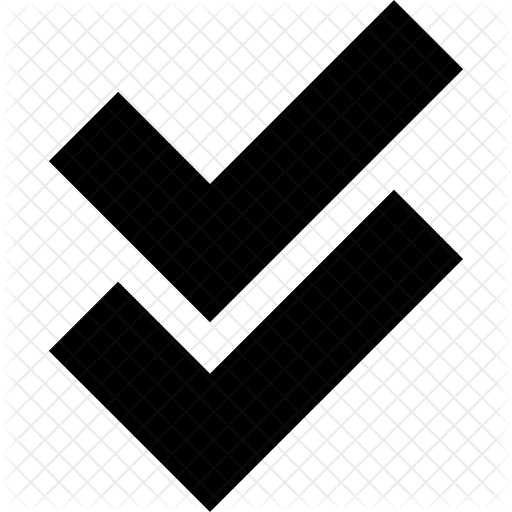What is a Prototyping and Website Designing?
The launch of your website must be preceded by some important steps: the development of a prototype, the design and what content you will offer on your website. Discover the steps to follow to make a prototype of your website, what to consider and how to design your page.
You already have your business idea, you have tested it, you think it is viable, you know your potential clients as if they were your brothers and it is time to capture the whole concept of your startup on a website. You can start with a prototype.
The first stage in creating a website is to collect as much information as possible to know what you want (and what you don't want) for your site.
1.Simplicity And Ease Of Use:
Your objective should be simplicity and ease of use. Users of your website should move around the web comfortably and intuitively.
2.Look For Ideas:
Spy on the competition. Seeing how your competitor's website is made which will help you to come up with new ideas, but don't forget to visit other websites that, even if they are not from your competitors, can inspire you.
3.Establishes a Structure And Hierarchy Of Information:
It establishes a structure and hierarchy of information. Think about how it is better for information to be seen for customers to find and what information is most important.
3.Establishes a Structure And Hierarchy Of Information:
It establishes a structure and hierarchy of information. Think about how it is better for information to be seen for customers to find and what information is most important.
4.Plasma Your Idea On The Computer:
Plasma your idea on the computer. The last thing you will have to do is bring all your ideas to your PC and order them to have an overview.
First Stage In Creating Website :
The first stage in creating a website is to collect as much information as possible to know what you want (and what you don't want) for your site. You can collect this information by observing the sites you currently use, the sites of your competitors and the comments of your friends and colleagues.
The information collected in stage 1 will help you greatly when planning your site. Now the following tasks must be carried out:
Plan Your Website Strategy :
 Creation of the site map. Make a list of all the thematic areas of the site, as well as the subtopics, to develop a homogeneous and easy to understand navigation system.
Creation of the site map. Make a list of all the thematic areas of the site, as well as the subtopics, to develop a homogeneous and easy to understand navigation system.
 Decision on the required technologies. Determine what you will need for your interactive forms, flash applications or content management systems (CMS).
Decision on the required technologies. Determine what you will need for your interactive forms, flash applications or content management systems (CMS).
 Determination of compatible resolutions. Taking into account the increase in the mobile adaptation rate of websites, it is important to consider the implementation of an adaptable web design. This approach allows sites to fit perfectly on any screen, such as a desktop, tablet or smartphone.
Determination of compatible resolutions. Taking into account the increase in the mobile adaptation rate of websites, it is important to consider the implementation of an adaptable web design. This approach allows sites to fit perfectly on any screen, such as a desktop, tablet or smartphone.
 Creation of sketches. Arrange the pages of your site in a page scheme ("wireframe"). This will allow you to visualize the design and provide the structure of your website.
Creation of sketches. Arrange the pages of your site in a page scheme ("wireframe"). This will allow you to visualize the design and provide the structure of your website.
 Plan the content. Knowing what you want to communicate, and how much content you have, provides a guide to the design process.
Plan the content. Knowing what you want to communicate, and how much content you have, provides a guide to the design process.
